Oh how I love cheese… Fresh, homemade cheese is one of my all-time favorite things to eat.
When I saw that Lindsay over at Love & Olive Oil was doing a June Mozzarella challenge I just couldn’t resist. I knew I had to jump on the bandwagon and create some gorgeous cheese.
To be honest, this one was a bit of a challenge. I have made homemade ricotta before but mozzarella is a whole different ballgame. Mozzarella requires a lot of attention and a deft hand at stretching and molding.
In total the recipe made about 8 balls of mozzarella; 3 of which actually came out decent looking. The rest of them broke and fell apart due to not resting the cheese enough and not achieving the correct temperature before shaping into a ball.
Patience is crucial for this recipe. Of course I have very little patience so it really shouldn’t be a surprise that not even half of the recipe came out like it was supposed to…
BUT the three that did turn out perfect – those were soooooo good. Bread was immediately toasted and piled high with mozzarella, basil, tomato, and some balsamic vinegar.
Just so you know, that is the most heavenly afternoon snack.
Or if you are like me, you can make an entire meal out of it… Totally worth it.
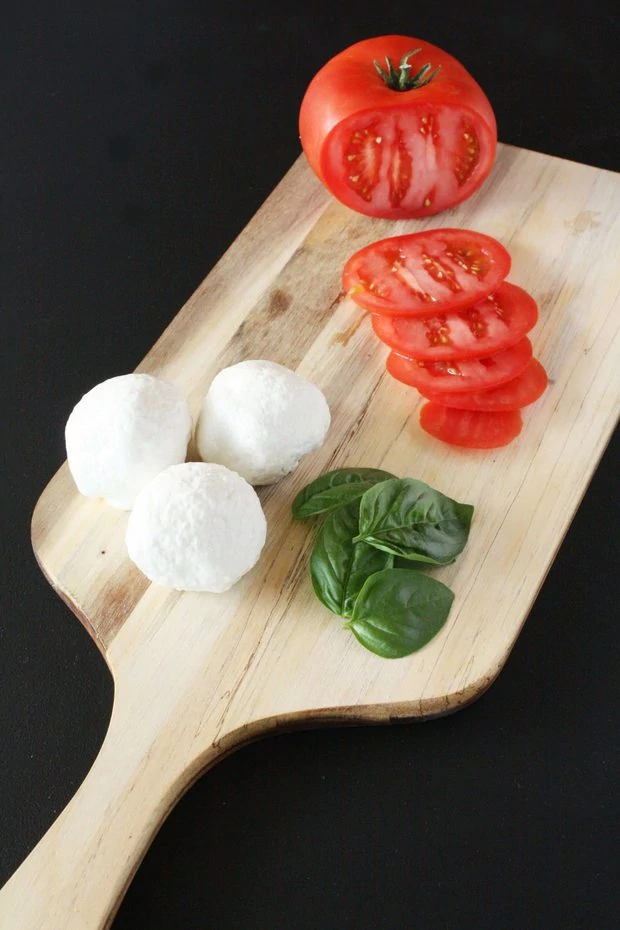
Homemade Mozzarella
ingredients
- 1 gallon full fat un-homogenized milk
- 2 ml calcium chloride
- 2 tsp citric acid dissolved in 1/4 cup of cool water
- 1 tablet rennet dissolved in 1/4 cup of cold water
- Salt to taste
- 5-10 ice cubes
instructions
- Sterilize all of the equipment that you will need to make mozzarella including a large pot, draining spoon, thermometer, butter muslin, large knife, 2 large bowls, and a colander.
- Add calcium chloride to chilled milk in a late port and stir in the diluted citric acid.
- Heat the milk on the stove until it reaches 89 degrees F, while constantly stirring to prevent scalding the bottom.
- Once temperature is at 89 degrees F, remove the pot from the heat and stir in the diluted rennet. Cover pot and leave to set for 25 to 30 minutes.
- Check the curd. It should be firm with a clean break. A clean break can be tested by inserting a sterilized knife into the milk and lifting up at an angle. The curds should break cleanly around the knife while the whey rushed into the gap you have formed. At this stage the texture and look of the curds should be somewhere between jelly and thick yogurt. If it isn't ready, allow to sit for an additional 5 minutes and test again. Repeat until you have the right consistency.
- When it is ready, cut the curd with a knife into 1 inch cubes while still in the pot. Place the pot back on the stove and heat to 108 degrees F. Stir the curds gently while heating. If your curds are still soft and delicate at 108 degrees F, continue to heat until they are firmer and have a slightly springy feel.
- Scoop out the curds into a butter muslin lined colander. Leave to drain for 5 minutes. While the curds are draining, prepare one bowl of cool salty ice water and another with 150 degree F water (non-salted).
- Take a handful of mozzarella curd and place under the hot water for 20 seconds using your draining spoon. Remove from the water and carefully stretch the curd until it is smooth and flexible (this takes a minute to get so your first ball of mozzarella might end up being a test ball). If the curd does not stretch easily, place back in the bowl of hot water for further heather before stretching and molding into a ball.
- Once mozzarella has been molded into a nice round ball, plunge it into the ice cold salt-water bowl. Continue with the rest of the mozzarella curd.
- Mozzarella will be ready to eat after it has spent 10 minutes in the ice cold salt water.
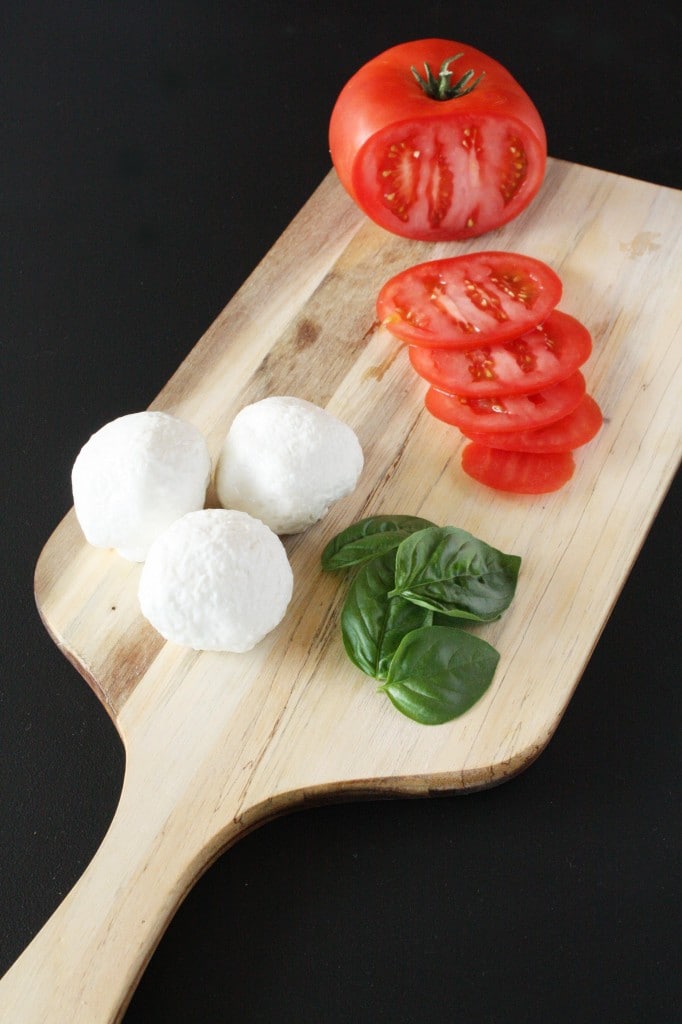
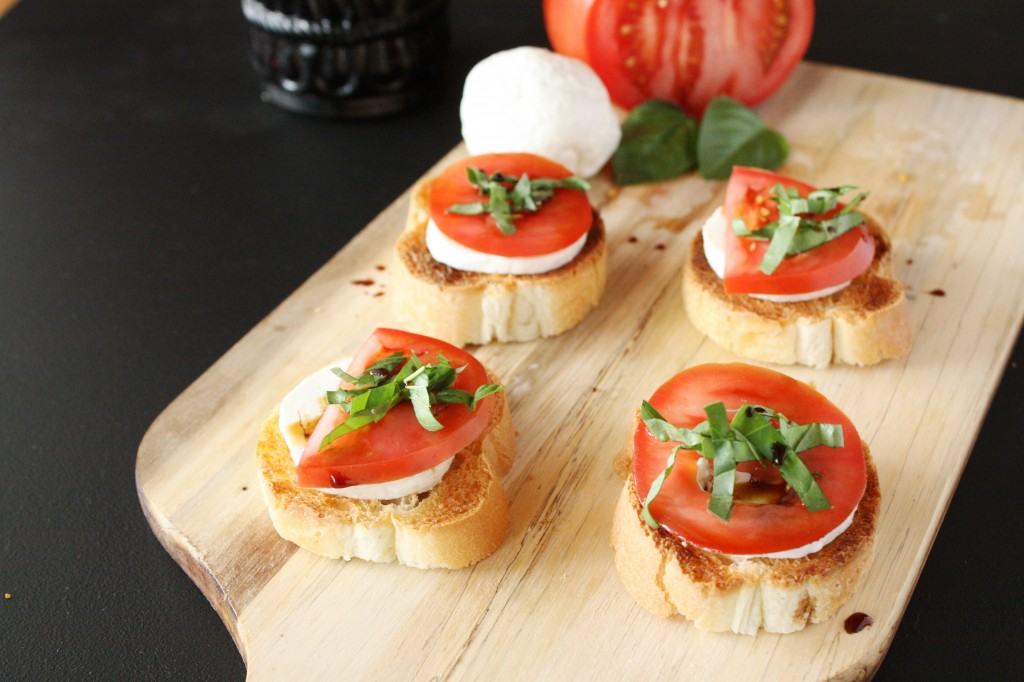
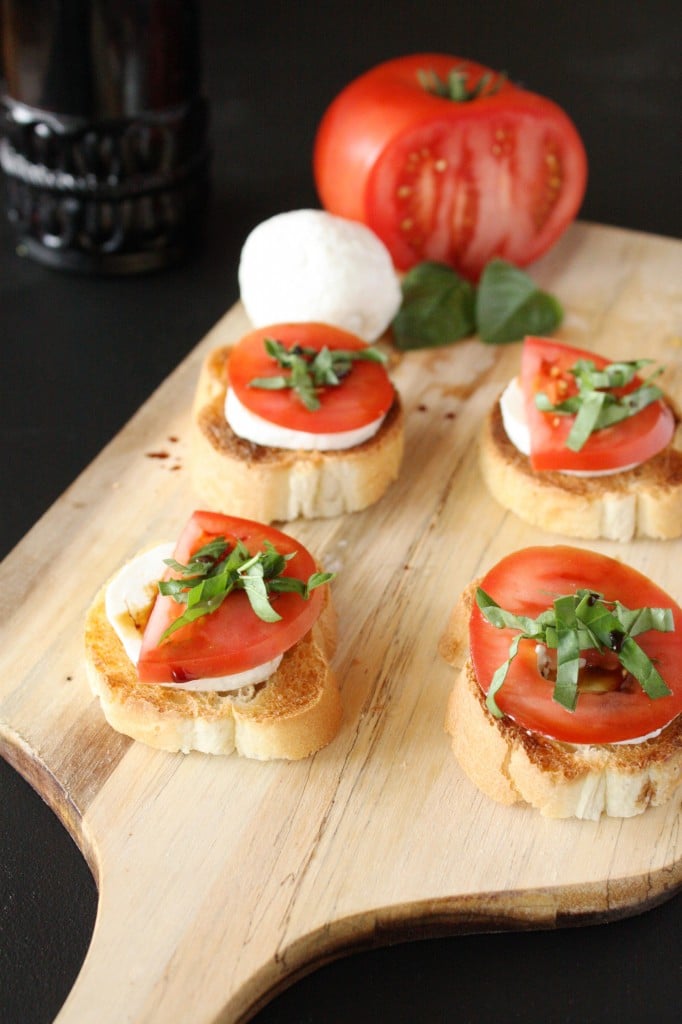
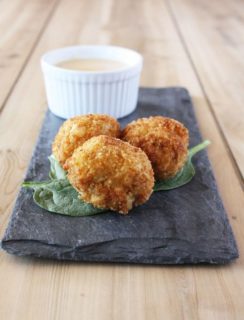
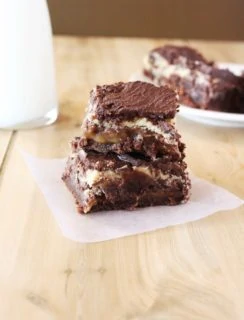
Ruthy @ Omeletta says
I’ve tried mozzarella exactly once and it came out all gummy and weird. Such a disappointment! So I’m taking inspiration from this- which I shouldn’t have read while hungry- to try again. It looks delicious, and gorgeous photos!
Cake 'n' Knife says
Yay I am so glad you are trying it again! It’s a little hard to get down at first but I at least got 3 balls of mozzarella out of the experience 🙂